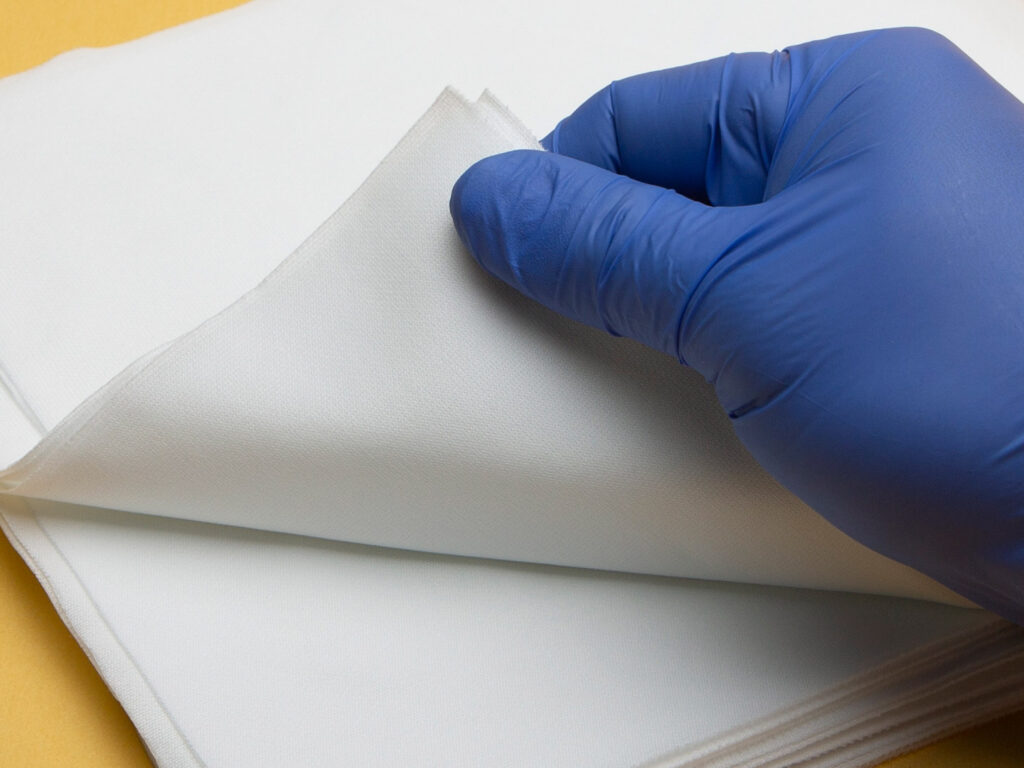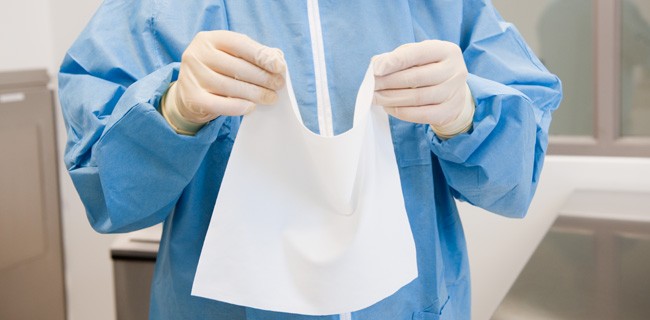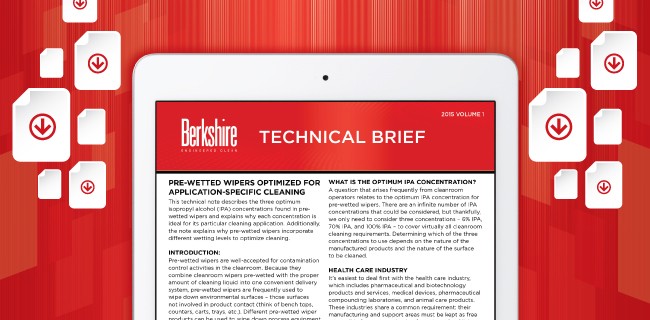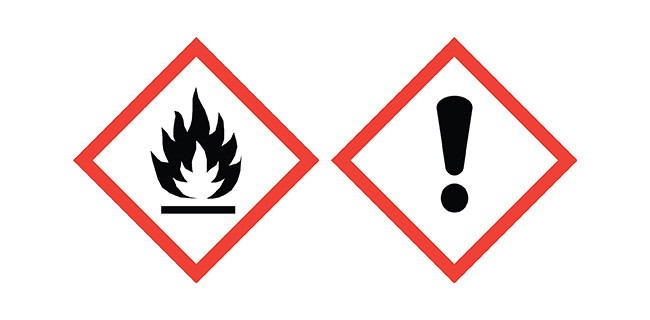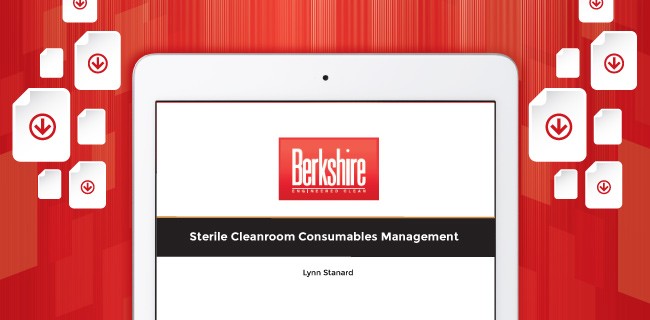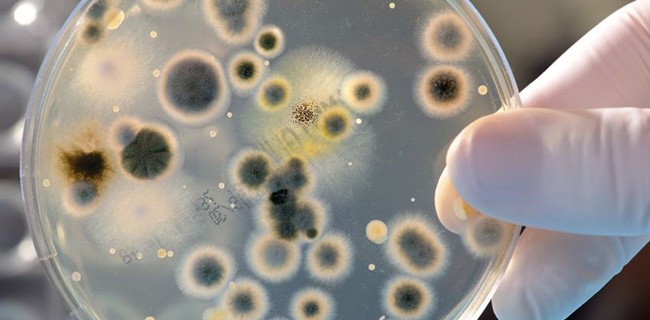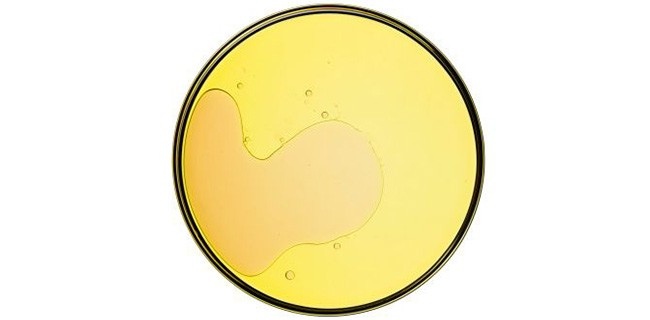A recent search on Google for the term lint-free wipe returned over 18 million results. A further refinement to “lint-free wipes” returned over 330,000 results. And another search for “lint free wiper” produced over 1.5 million results. A simple change in characters or adding a letter churned out different results. The one thing they have [Read More…]
Tag Archives: Pharmaceutical
DOWNLOAD POSTER: An updated guide to properly folding and utilizing a low-linting wiper for maximum cleaning efficiency in a cleanroom, controlled or critical environment.
HERE’S A LOOK at the three optimum isopropyl alcohol (IPA) concentrations found in pre-wetted cleanroom wipers. What is the Optimum IPA Concentration based on your specific application? This Technical Brief presents an overview of: Cleaning liquids: Isopropyl alcohol (IPA) Flammability ratings Transportation and storage concerns Healthcare vs. Microelectronics cleaning applications Volatile Organic Carbons (VOCs) Thank you [Read More…]
ISOPROPYL ALCOHOL (IPA) is widely accepted as a good liquid for keeping cleanroom surfaces in pristine condition. But what about methyl, ethyl, or butyl alcohol? Why aren’t these types of alcohols considered for cleanroom cleaning, too? It all comes down to performance, safety, and price. Methyl Alcohol And Evaporation At room temperature, methyl alcohol has three [Read More…]
IF YOU ARE MANUFACTURING in an aseptic environment, it’s important for your cleanroom supplies to be sterilized with a validated process. This whitepaper, written by Lynn Stanard, Berkshire’s Senior Quality Manager, will help you understand the sterilization methods used by consumables suppliers and what to look for when procuring supplies Sterile Cleanroom Management This whitepaper provides [Read More…]
HOUSEHOLD BLEACH is well known for its ability to remove stains and whiten clothes during laundering. Bleach also finds application in health care facilities with cleanrooms. Such applications include aseptic pharmaceutical suites, biomedical device manufacturing and compounding pharmaceutical facilities that require the biocidal and sterilant capabilities of bleach. Bleach solutions, which are active against bacteria, viruses, [Read More…]
YOU CAN BUY SOLVENTS like acetone and turpentine from a hardware store, but you really shouldn’t. Solvents sold in the hardware store are not refined to the level required for cleanroom cleaning. When applied to surfaces, the hardware store variety of solvents will leave visible residues behind after they have evaporated. Cleaning With Acetone Or Turpentine [Read More…]
THOUGH PHENOLIC SOLUTIONS are often referred to as “cleaning solutions,” they actually deviate somewhat from the typical cleaning solution. Generally, cleaning solutions are characterized by their ability to remove soils (contaminants) from surfaces. Phenolic solutions don’t really do this. Cleaning solutions remove soils from surfaces by lowering the surface tension of the thin water layer that [Read More…]
CLEANROOM SOPs cover everything from gowning and hygiene to allowable materials and maintenance. An audit can ensure conformance to those standards. Conformance Auditing Basics This Technical Brief presents an overview of: Standard operating procedures (SOPs). SOP auditing benefits and limitations. Preparation and execution of a conformance audit. Cleanroom maintenance. Proper wiping techniques. Get briefed on all [Read More…]
YOU MAY KNOW that polar solvents, such as water, are used to remove polar soils, such as salts, from surfaces. You may also know non-polar solvents, like hexane, remove oils and greases. But what about removing mixed residues, made up of both types of soils? Avoid ‘Mixed Results’ With A Miscible Mixed Solvent When it comes [Read More…]


















